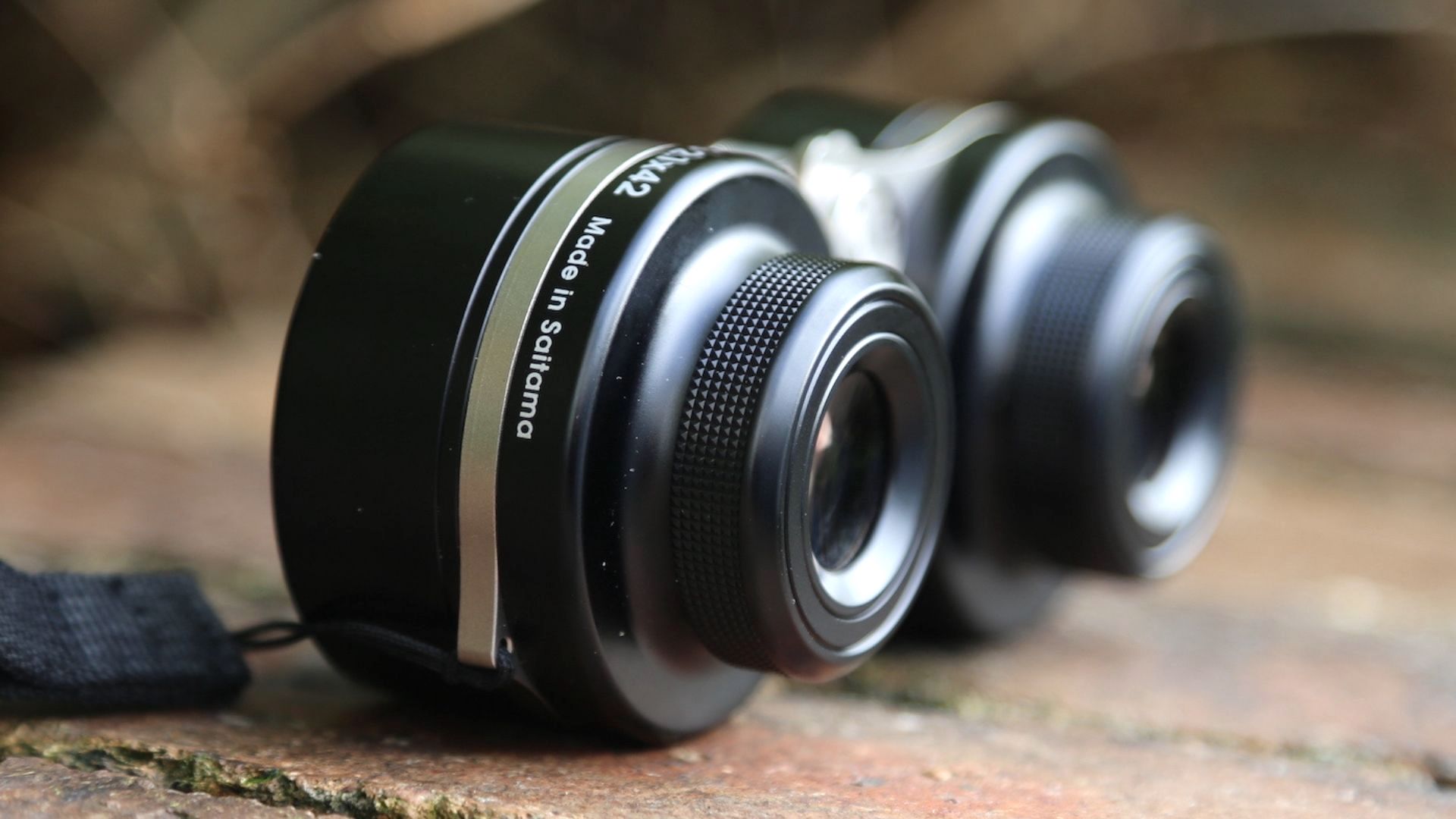Space Verdict
Who said astronomy binoculars have to be big? These quirky pocket-sized ‘constellation binoculars’ offer just 2.1x magnification yet with 44 mm objective lenses let a lot of light in. The result is an almost unique pair of low-power ultra-wide-field binoculars ideal for scanning the rich star fields of the Milky Way. However, the Vixen SG 2.1x42 remains a niche choice for stargazers after something different.
Pros
- +
Ideally sized for stargazing
- +
Immersive 3D depth
- +
Super-steady views
- +
Easy to adjust
- +
Easily portable
Cons
- -
Low power
- -
Some blur around field of view
- -
Lack of eye relief and rubber eyecups
- -
Not suitable for glasses wearers
Why you can trust Space.com
The Vixen SG 2.1x42 are never going to be your go-to astronomy binoculars, but they might soon be your favorite. Offering a mere 2.1x magnification, these low-power Japan-made binoculars come nowhere near the specifications usually associated with astronomy-centric binoculars – typically 8x42 or 10x50. So how can these ‘opera glasses’-style binoculars compete with the best binoculars and best telescopes when it comes to astronomy?
Magnification: 2.1x
Objective lens diameter: 42mm
Angular field of view: 25°
Eye relief: 0.33”
Weight: 14.5 oz
The Vixen SG 2.1x42 do something few other binoculars can do. They show you in a fabulous context the Milky Way and the constellations in the night sky. The angular field of view offered by the Vixen SG 2.1x42 is a whopping 25º. That’s compared to between about 6.5º and 8º for most astronomy binoculars, which try to give the user a close-up of star clusters, nebulae and galaxies.
You can forget seeing much detail in any of those things with the Vixen SG 2.1x42 – they’re far too low power. So why bother with them? Armed with that ultra-wide field of view, they give you an incredibly immersive view of an almost 3D night sky and its constellations. As such, they’re a serious candidate for a second pair of binoculars to give you a deliciously different view of the night sky.
Vixen SG 2.1x42 binoculars: Design
- Single hinge body
- Lack of eye relief and rubber eyecups
- Lens caps are easy to lose
Is more magnification always better? In astronomy it definitely is if you’re set on getting a close-up of, say, the Orion Nebula or the Andromeda Galaxy, but not if your main interest is stars, constellations and the Milky Way. Cue the paltry-sounding 2.1x magnification of the Vixen SG 2.1x42, which gets nowhere near the 8x or 10x magnification usually associated with astronomy binoculars. However, while those binoculars look straight through constellations, the Vixen SG 2.1x42 are designed not only to linger upon them, but give the night sky some much-needed depth without being either big or heavy.
Carrying case
Objective lens caps
Eyepiece lens caps
Eyepiece covers
Neck strap
The Vixen SG 2.1x42 measure just 46mm from eyepieces to the front of the objective lenses (and 46x128x54mm for the entire product). The latter are not small; they measure 42mm in diameter, the same as many pairs of astronomy-centric binoculars. It’s the very short length of the optical barrels that is most obvious.
The Vixen SG 2.1x42 enjoys a rather unusual yet historic Galilean optical design that lacks a prism, instead comprising convex objective lenses and concave lenses for the eyepieces, which together form right-side-up images. The barrels are joined by a small aluminum bridge. The design is named after Italian astronomer Galileo Galilei, who used a similar design in his 17th-century telescopes that helped him see Jupiter’s moons.
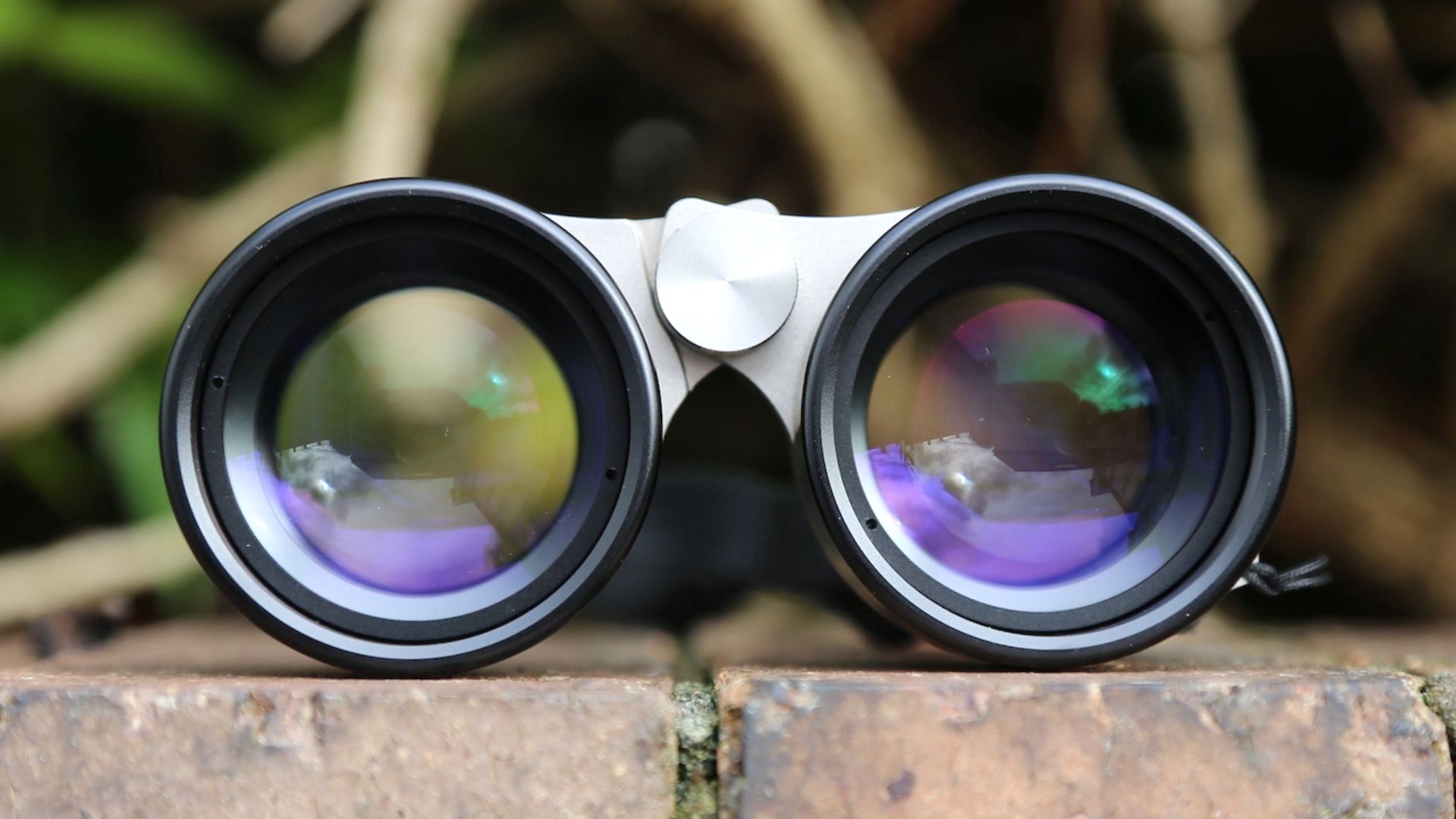
Their 2.1x magnification and 42m objective lenses aside, the Vixen SG 2.1x42 boast excellent build quality. Manufactured in Saitama, Japan, they’re heavier than they look, with their solid metallic construction weighing 14.5 oz. Still, that’s easily light enough to hold and store in a jacket pocket.
The barrels containing the objective lenses appear to be longer than necessary, with the convex lenses set back a lot. Look carefully and you’ll see small circles around the inside of the barrels, which are designed to reject light reflections. Clever stuff, but at the other end, the Vixen SG 2.1x42 does lack eye relief. The more eye relief on a pair of binoculars’ eyecups, the better for seeing everything in their field of view. That’s doubly true if you wear glasses. While most good quality binoculars have eye relief of between 12mm and 20mm – and often twist-up eyecups for extra comfort – the Vixen SG 2.1x42’s metallic eyecups offer only a fixed eye relief of 8.4mm. That’s pretty poor, so much so that if you wear glasses then we would recommend you avoid the Vixen SG 2.1x42. That’s despite some rubber eyecups included in the box, which can be carefully positioned to increase eye relief (and comfort), yet seem a rudimentary solution at best.
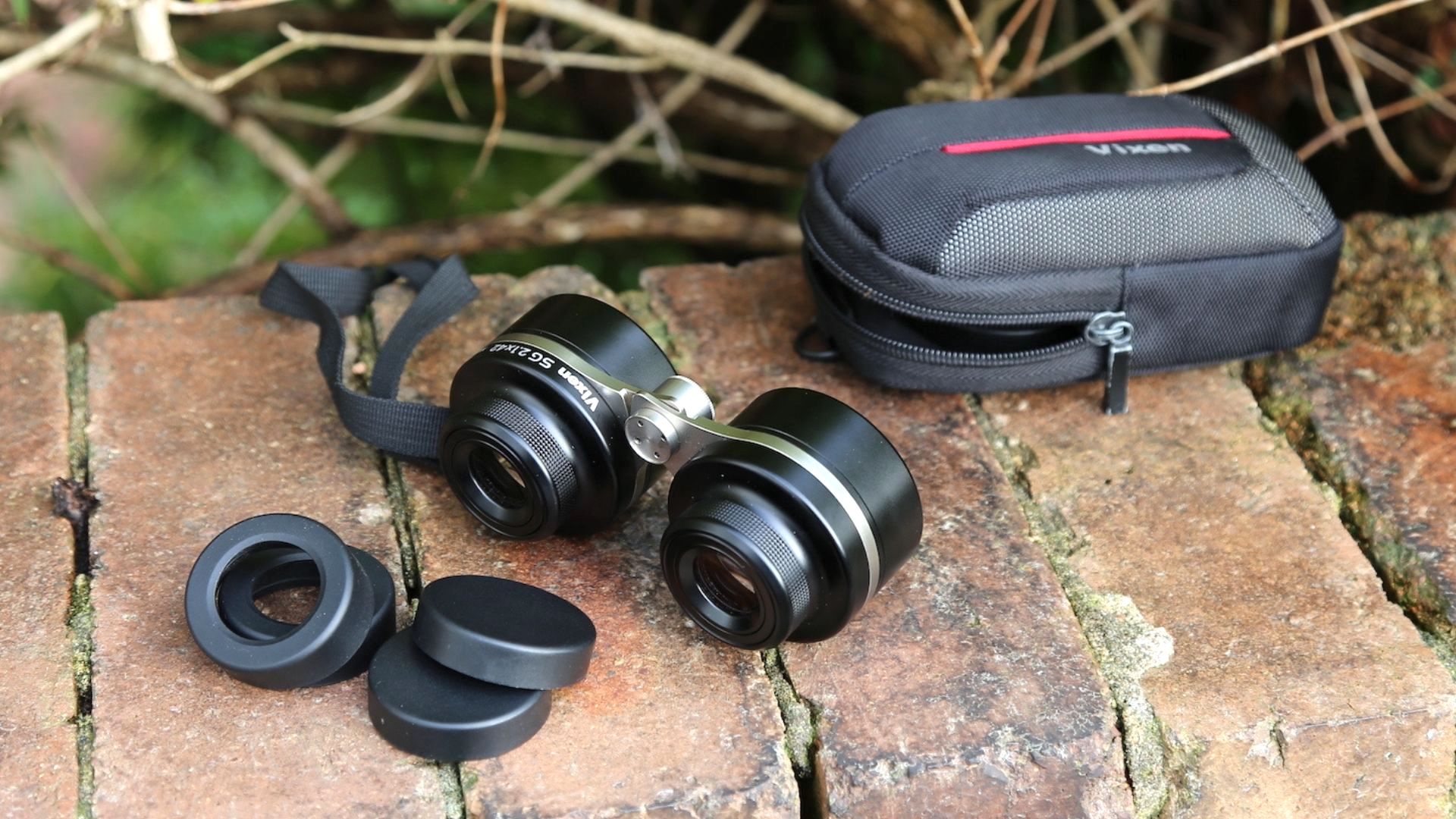
Unlike most binoculars, the Vixen SG 2.1x42 don't have a neck strap that attaches to either side of the chassis. Instead, there’s just one small hole in the metallic chassis for attaching to a loop-style nylon neck strap. It’s of very basic quality, but since the Vixen SG 2.1x42 aren’t heavy it’s not a major issue.
Besides, the other extras are of good quality. In the box is a well-made nylon pouch with a 180º zipper for protecting the binoculars. About the size of something you might expect to put around a compact camera, this pouch has a lanyard ring for hanging around the neck and a belt loop on the back to make it wearable.
Also in the box are some lens caps, which sadly aren’t designed to hang off the lenses or be looped together to prevent losing. Since you need to remove them and put them in your pocket while using the Vixen SG 2.1x42, they’re too easy to lose.
Vixen SG 2.1x42 binoculars: Performance
- Immersive, 3D depth
- Blur around edge of the field of view
- Easy to hold very steady
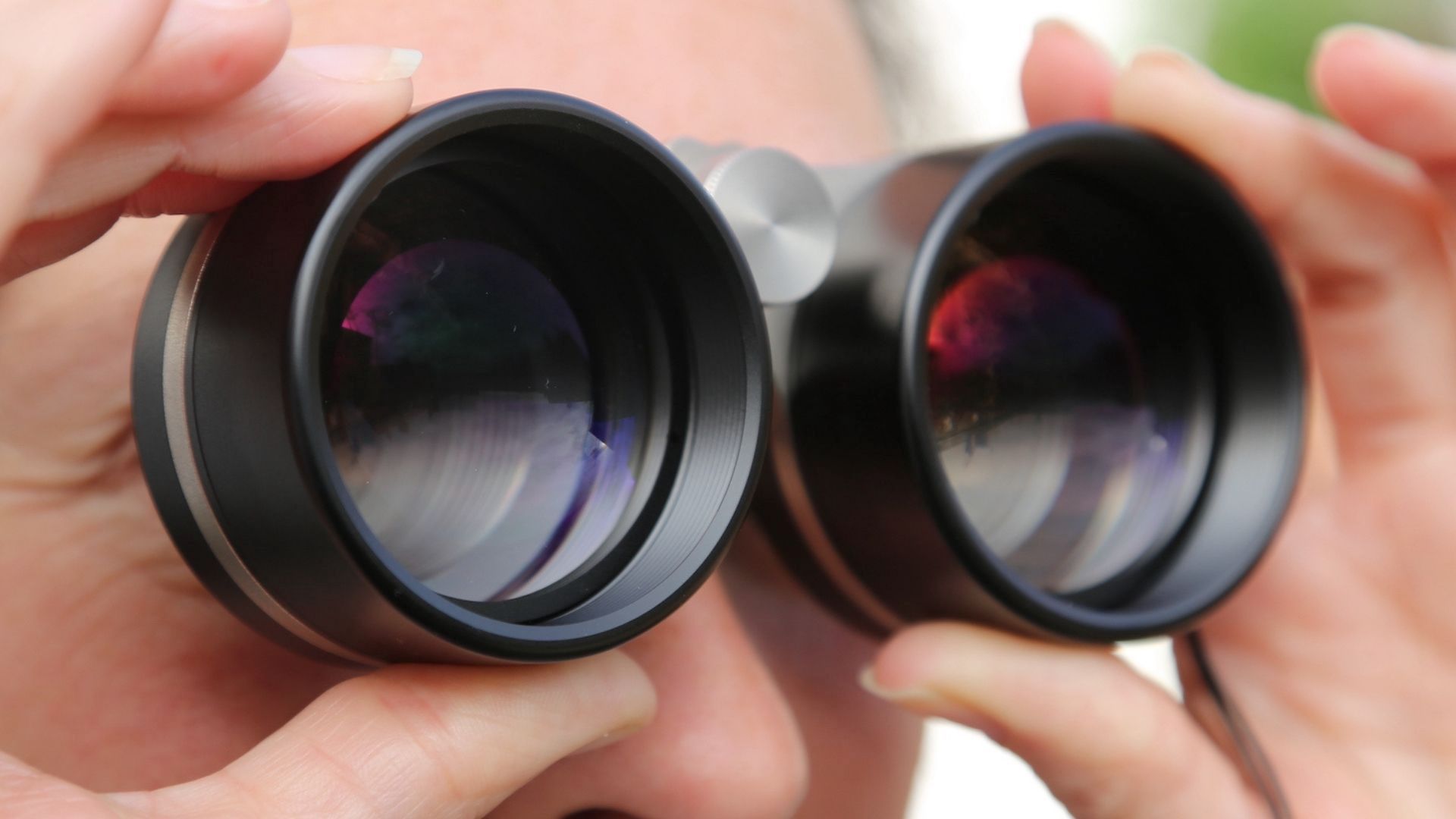
If you want to really get to know and navigate the night sky at large, there can be few better options than the Vixen SG 2.1x42.
They’re really easy to use. Instead of the usual dipper adjustment for the right eye, the Vixen SG 2.1x42 feature focus dials for each eyepiece individually, which makes a highly personal calibration simple. What you do need to do – partly because the eyepieces lack much eye-relief – is to place your eyes very close to the lenses. It feels slightly odd at first but really helps create an immersive wide view of the night sky.
That said, the Vixen SG 2.1x42 do feature a permanent blur around the edge of the lenses. This is a consequence of the Galilean design and is therefore unavoidable, but it does take a little getting used to. Crucially, it doesn’t affect that sense of depth and immersion in the night sky.
Proof that higher magnification isn’t everything in astronomy, the Vixen SG 2.1x42 are terrific in low light and produce bright and colorful images. We didn’t notice anything in the way of color fringing, a purplish line around bright objects that’s a feature on many binoculars.
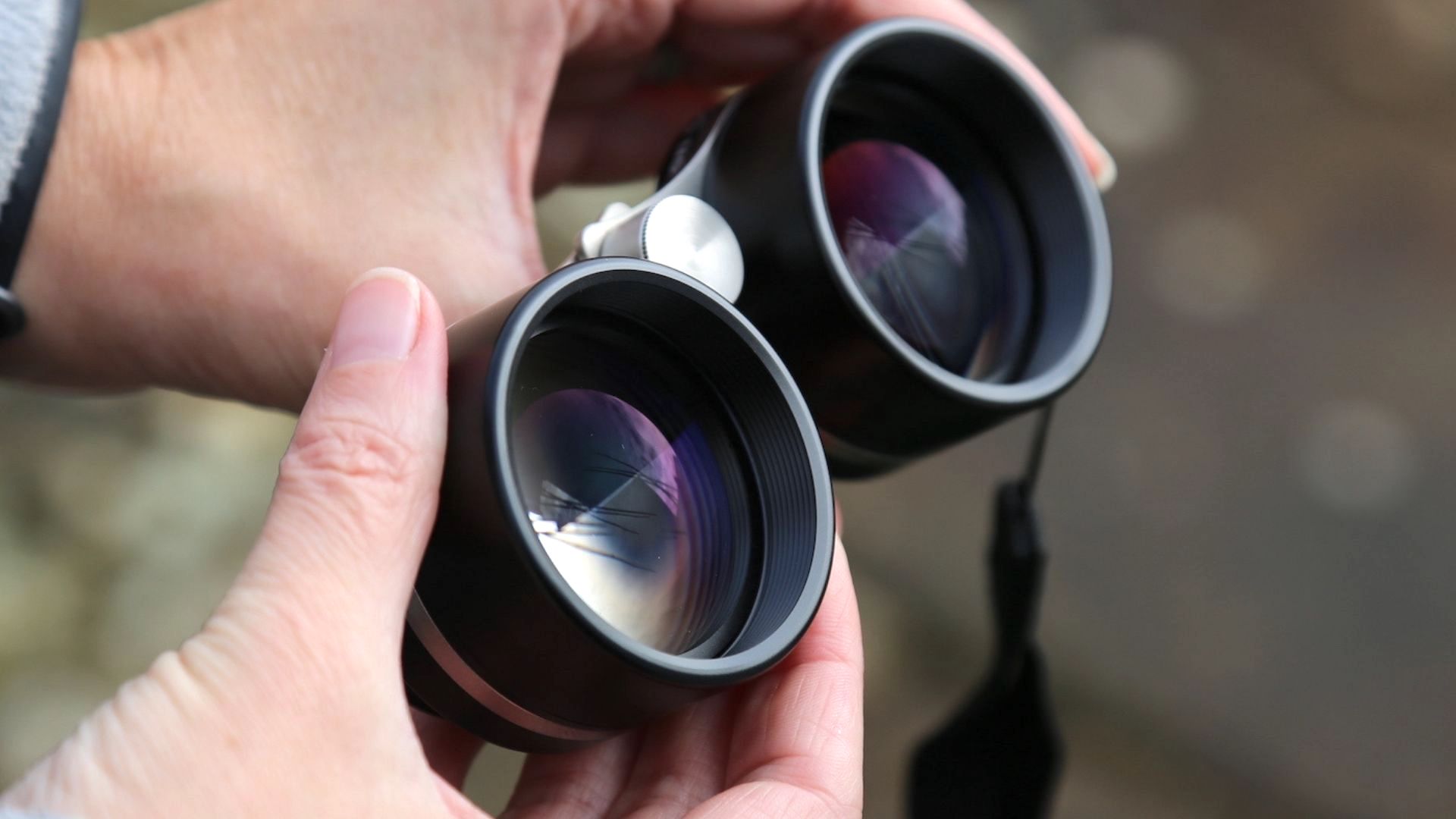
Helped by large 42mm objective lenses and multi-coated optics to ease the passage of as much light as possible, the 2.1x magnification means the user sees 25º of sky. That sounds like a lot compared to most binoculars, and it is, yet it still affords the user a deeper look into the night sky than with the naked eye. While most people can see stars down to about 7th magnitude with their naked eyes in rural skies (and about 4th/5th in cities), the Vixen SG 2.1x42 increases that by about 1.5x, which effectively opens up a new layer of stars and star clusters that otherwise go unnoticed.
The end result is that the Vixen SG 2.1x42 allows the user to more easily get to know the winter constellations of Orion, Taurus and Gemini, and glimpse the riches within them. The Big Dipper/Plough also fits particularly well into their field of view.
They’re also fabulous in summer when they can show you just how rich in star fields the Milky Way is; scanning the famously starry asterism of the ‘Summer Triangle’ is a real treat when viewed with the Vixen SG 2.1x42 binoculars.
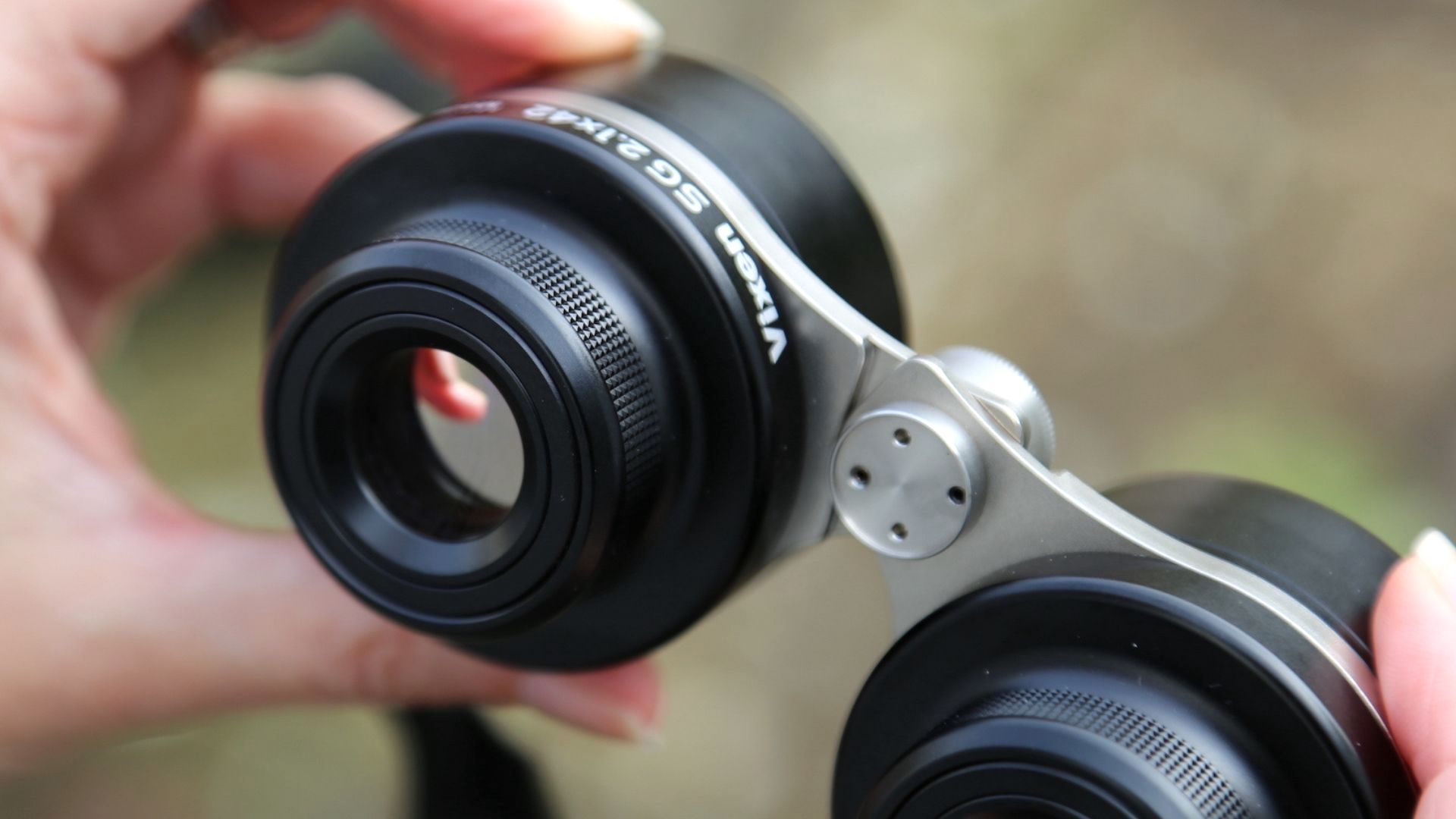
As a bonus, the Vixen SG 2.1x42’s low magnification gives you an unexpectedly stable view of the night sky. Add that to their travel-friendly size and weight and the Vixen SG 2.1x42 are the perfect binoculars for stargazers looking to extend their view deeper into the heavens without resorting to big, heavy binoculars.
Their lack of magnification has one other advantage that’s often overlooked. Holding most astronomy-centric binoculars steady can be a bit of a challenge – largely because they’re large and heavy – with the result being ‘wiggly’ stars that are impossible to get a still view of. There are ways to minimize that and hold your binoculars steady (such as leaning against a wall or using a tripod), but with the Vixen SG 2.1x42, there’s no need for that. What's happening when you see wiggly stars is that the high magnification of your binoculars is literally magnifying the wobble in your arms as you hold your binoculars. Since the Vixen SG 2.1x42 are both lighter than other binoculars and offer a low magnification, you can hold them steady very easily.
The Vixen SG 2.1x42 also have a standard tripod thread under a cover on the bridge. We’re not convinced they need one, though it’s always a nice option to have if you’re stargazing in a group.
Should you buy the Vixen SG 2.1x42 binoculars?
For purists after a wide-eyed view of stars, constellations, and the Milky Way there’s much to love about the Vixen SG 2.1x42 wide-field binoculars. While their 42mm objective lenses let a lot of light in, just like any astronomy-centric binoculars, it’s the Vixen SG 2.1x42’s lack of magnification is its best quality. Yes, there’s a blur around the edges of the lenses that’s a consequence of the Galilean optical design. There’s also not enough eye relief to recommend these to anyone that wears glasses.
However, with an excellent build quality, ease of calibration and a highly mobile form factor, there’s something really natural to using the Vixen SG 2.1x42. So much so that if you push your eyes into the eyecups they almost feel like an extension of your own eyes – and create a deeper, more immersive feel than any other astronomy binoculars. They might be niche, but these are the binoculars every stargazer should have in their back pocket.
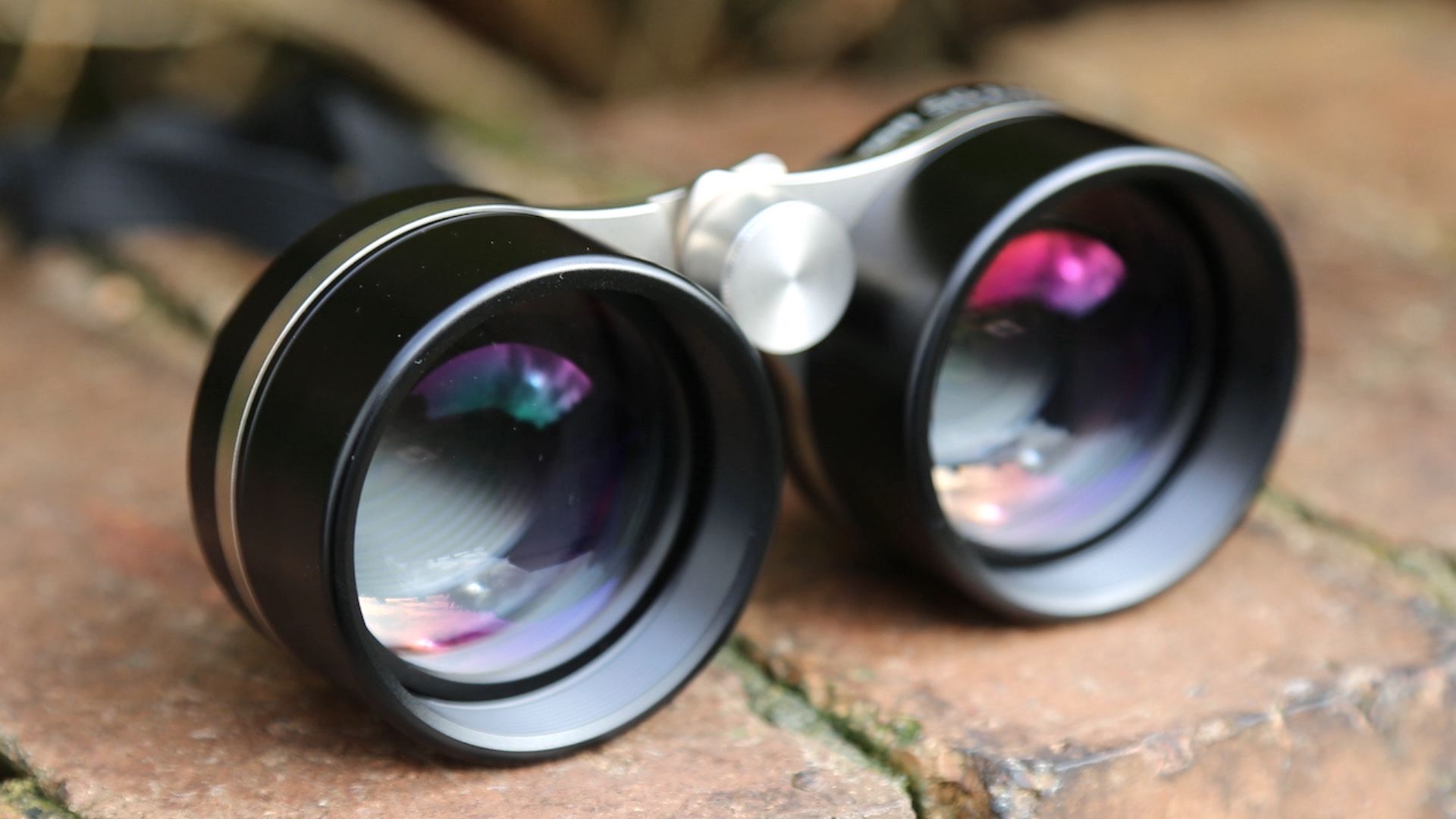
If this product isn't for you
The Vixen SG 2.1x42 may be impressive but they're only ever going to appeal to stargazers, not amateur astronomers after close-up views of celestial objects. For that head straight for the Celestron SkyMaster 25x100, binoculars, which do need to be mounted on a tripod, but will give you incredible close-ups of nebulae, globular clusters and galaxies. For a more all-rounder and portable binocular that can easily be used for handheld astronomy, the Opticron Adventurer II WP 10x50 is worth a look. For something extra impressive, the waterproof Canon 10x42L IS WP is hard to beat largely because it comes with built-in image stabilization for stargazing without ‘wiggly’ stars.
Join our Space Forums to keep talking space on the latest missions, night sky and more! And if you have a news tip, correction or comment, let us know at: community@space.com.

Jamie is an experienced science, technology and travel journalist and stargazer who writes about exploring the night sky, solar and lunar eclipses, moon-gazing, astro-travel, astronomy and space exploration. He is the editor of WhenIsTheNextEclipse.com and author of A Stargazing Program For Beginners, and is a senior contributor at Forbes. His special skill is turning tech-babble into plain English.
